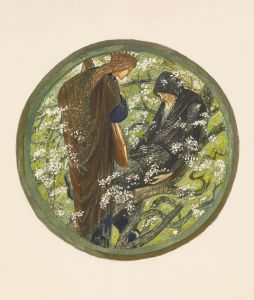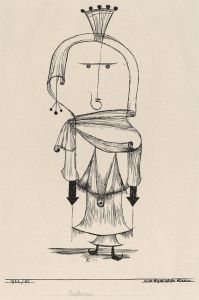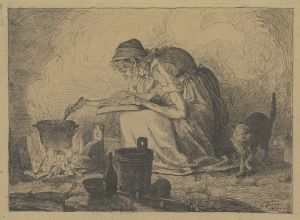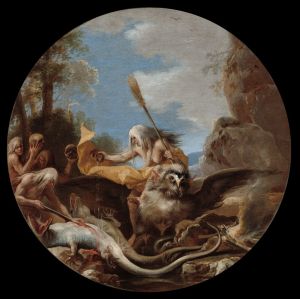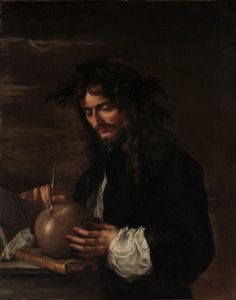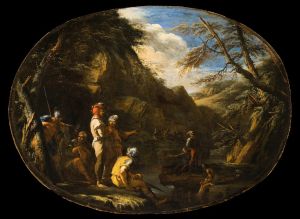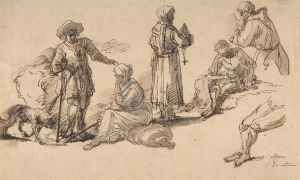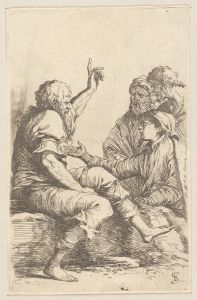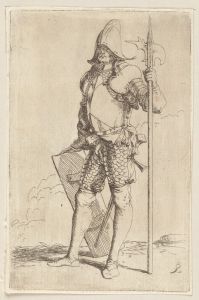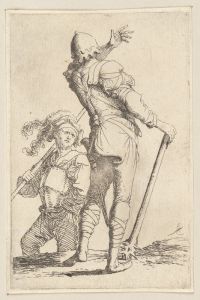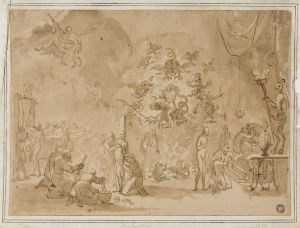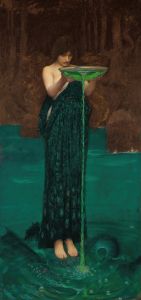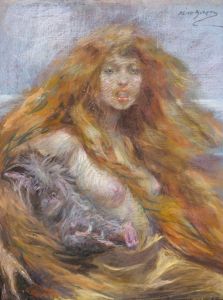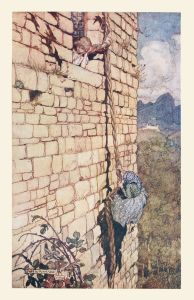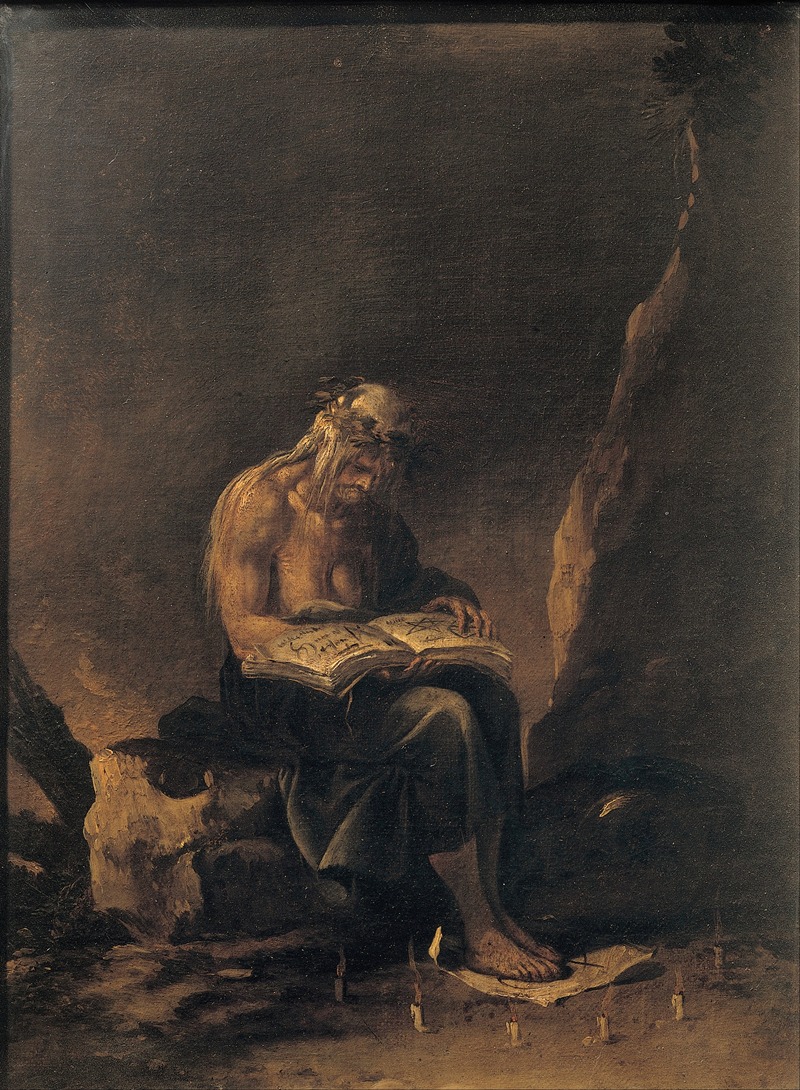
A Witch
A hand-painted replica of Salvator Rosa’s masterpiece A Witch, meticulously crafted by professional artists to capture the true essence of the original. Each piece is created with museum-quality canvas and rare mineral pigments, carefully painted by experienced artists with delicate brushstrokes and rich, layered colors to perfectly recreate the texture of the original artwork. Unlike machine-printed reproductions, this hand-painted version brings the painting to life, infused with the artist’s emotions and skill in every stroke. Whether for personal collection or home decoration, it instantly elevates the artistic atmosphere of any space.
Salvator Rosa's painting "A Witch" is a notable work from the 17th century, reflecting the Baroque artist's fascination with the supernatural and the macabre. Salvator Rosa, an Italian painter, poet, and printmaker, was born in 1615 in Arenella, near Naples, and became known for his unorthodox and often dramatic subject matter. His works frequently explored themes of magic, witchcraft, and the darker aspects of human nature, setting him apart from many of his contemporaries.
"A Witch" is emblematic of Rosa's interest in the occult and the mysterious. The painting depicts a witch, a common subject in Rosa's oeuvre, characterized by its dark and atmospheric composition. Rosa's witches are often portrayed in a manner that combines elements of fear, intrigue, and a touch of the grotesque, reflecting the era's complex attitudes towards witchcraft and the supernatural. The painting captures the viewer's attention with its dramatic use of light and shadow, a hallmark of the Baroque style, which Rosa employed to enhance the eerie and mystical quality of the scene.
Rosa's depiction of witches was influenced by the cultural and social context of 17th-century Europe, a time when witch hunts and trials were prevalent. The fear of witchcraft was widespread, and artists like Rosa tapped into these societal anxieties, using them as inspiration for their work. His paintings often feature witches engaged in various activities associated with the supernatural, such as casting spells or concocting potions, set against dark, foreboding landscapes.
In "A Witch," Rosa's skillful use of chiaroscuro—the contrast between light and dark—creates a sense of depth and drama. This technique not only highlights the central figure of the witch but also adds a sense of mystery and tension to the composition. The witch is typically depicted with exaggerated features, emphasizing her otherworldly and sinister nature. Rosa's attention to detail and his ability to convey emotion through facial expressions and body language are evident in this work, drawing the viewer into the narrative and evoking a sense of unease.
Salvator Rosa's work, including "A Witch," was influential in shaping the portrayal of witches in art. His paintings contributed to the visual vocabulary associated with witchcraft, blending elements of fantasy and reality to create compelling and thought-provoking images. Rosa's interest in the supernatural extended beyond painting; he also wrote poetry and plays that explored similar themes, further cementing his reputation as a multifaceted artist with a penchant for the mysterious and the macabre.
While specific details about the provenance and current location of "A Witch" are not widely documented, Rosa's works are held in high regard and can be found in major art collections and museums around the world. His legacy as an artist who challenged conventional norms and delved into the darker aspects of human experience continues to be appreciated by art historians and enthusiasts alike. Rosa's "A Witch" remains a fascinating example of Baroque art's ability to capture the imagination and evoke powerful emotional responses through its exploration of the unknown.





